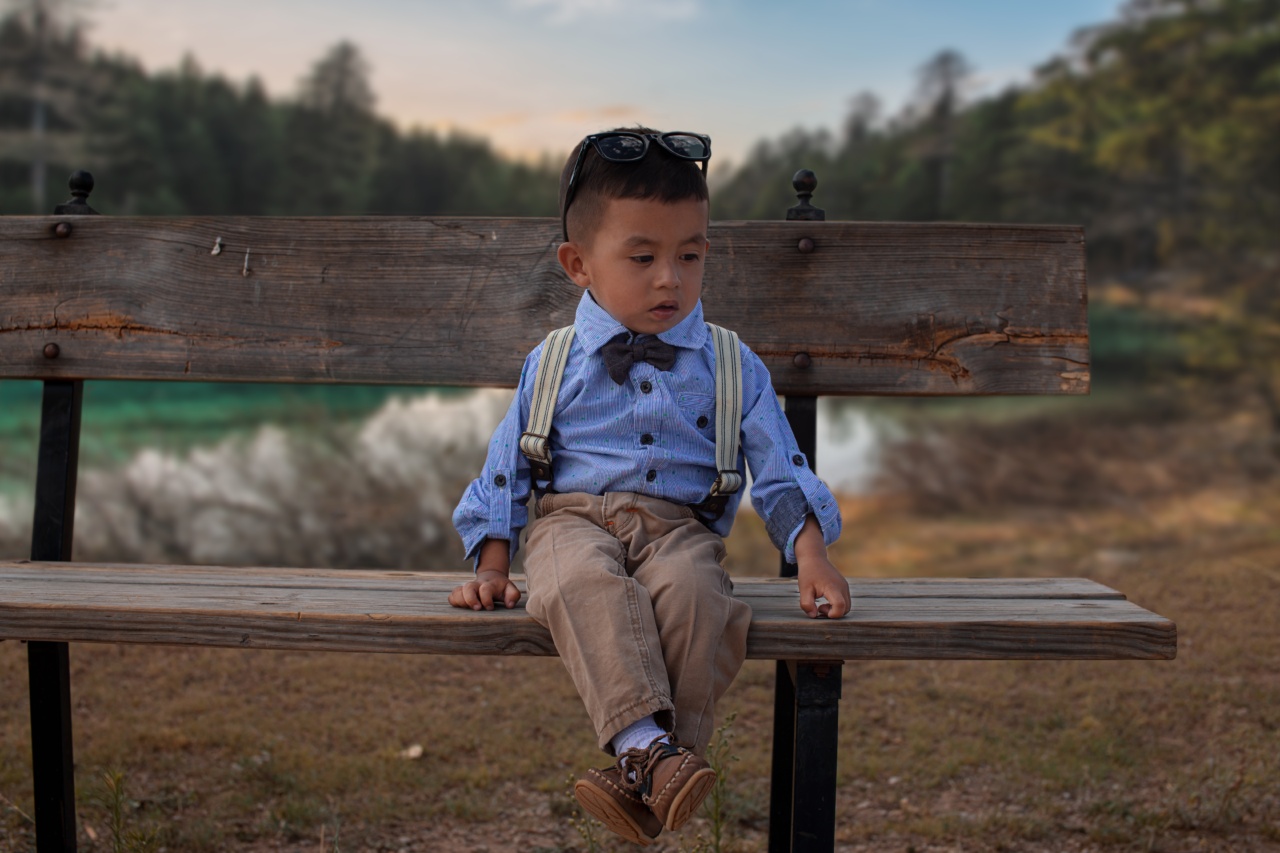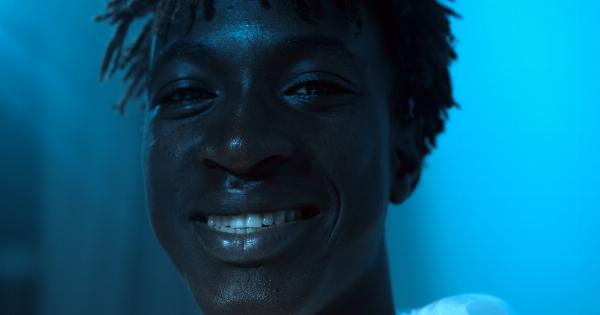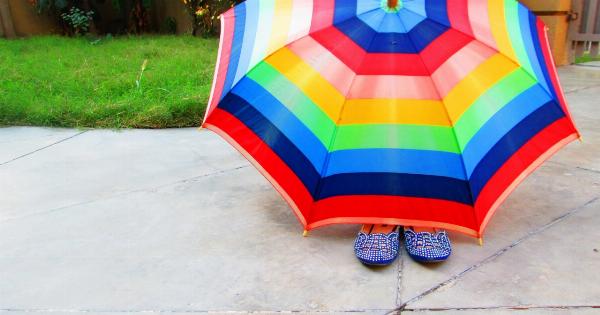As a parent, you want to protect your children from harm, especially when it comes to their health. One area that is often overlooked is eye protection.
Sunglasses are not just a fashion statement, but also an essential tool in protecting your children’s eyes from dangerous UV rays. Here’s what you need to know about choosing the right sunglasses for your child.
1. Look for Labels
When shopping for sunglasses, it’s important to choose a pair that provides 100% UV protection, which means it blocks both UVA and UVB rays.
Look for labels that indicate the sunglasses meet ANSI Z80.3 or ISO 12312-1 standards, which are recognized by the American Optometric Association. Don’t be fooled by dark-tinted lenses, as they do not necessarily provide protection from UV rays.
2. Fit is Important
Sunglasses that don’t fit well can’t provide the protection your child’s eyes need. Look for sunglasses that fit snugly on your child’s face and have wide temples to prevent light from entering the sides of the glasses.
Avoid sunglasses that are too tight or that leave gaps around the nose, as this can allow UV rays to enter the eyes.
3. Buy from a Reputable Retailer
When buying sunglasses for your child, it’s best to buy from a reputable retailer, rather than from a street vendor or online store.
Stores that specialize in eyewear will have a wider selection of sunglasses and knowledgeable staff who can help you choose the right ones for your child’s needs.
4. Polarized Lenses
Polarized lenses can reduce glare and improve visibility, making them a popular choice for outdoor activities. However, they do not necessarily provide UV protection, so be sure to choose polarized sunglasses that also offer 100% UV protection.
5. Good Quality Sunglasses
Good quality sunglasses should be sturdy and well-made, with lenses that are scratch-resistant and shatterproof. Avoid cheap sunglasses that may offer no protection at all, as they can be more harmful than not wearing sunglasses at all.
6. Choose the Right Color
The color of your child’s sunglasses can affect the way they see the world. Gray or brown lenses are a good choice for general outdoor use as they provide true colors.
Green lenses can enhance contrast and reduce glare, making them ideal for water sports. Yellow lenses can enhance contrast in low-light conditions, making them good for cloudy days.
7. Prescription Sunglasses
If your child wears prescription glasses, they will need prescription sunglasses. Talk to your optometrist about getting prescription sunglasses that offer 100% UV protection.
8. Encourage Good Habits
Finally, it’s important to encourage good habits when it comes to sunglasses and protecting your child’s eyes from UV rays.
Teach your child to wear sunglasses when they’re outside, even on cloudy days, and avoid looking directly at the sun.
Conclusion
Choosing the right sunglasses for your child can be a daunting task, but it’s an important one.
By following these tips, you can ensure that your child’s eyes are protected from harmful UV rays while still looking stylish and enjoying the great outdoors.


























